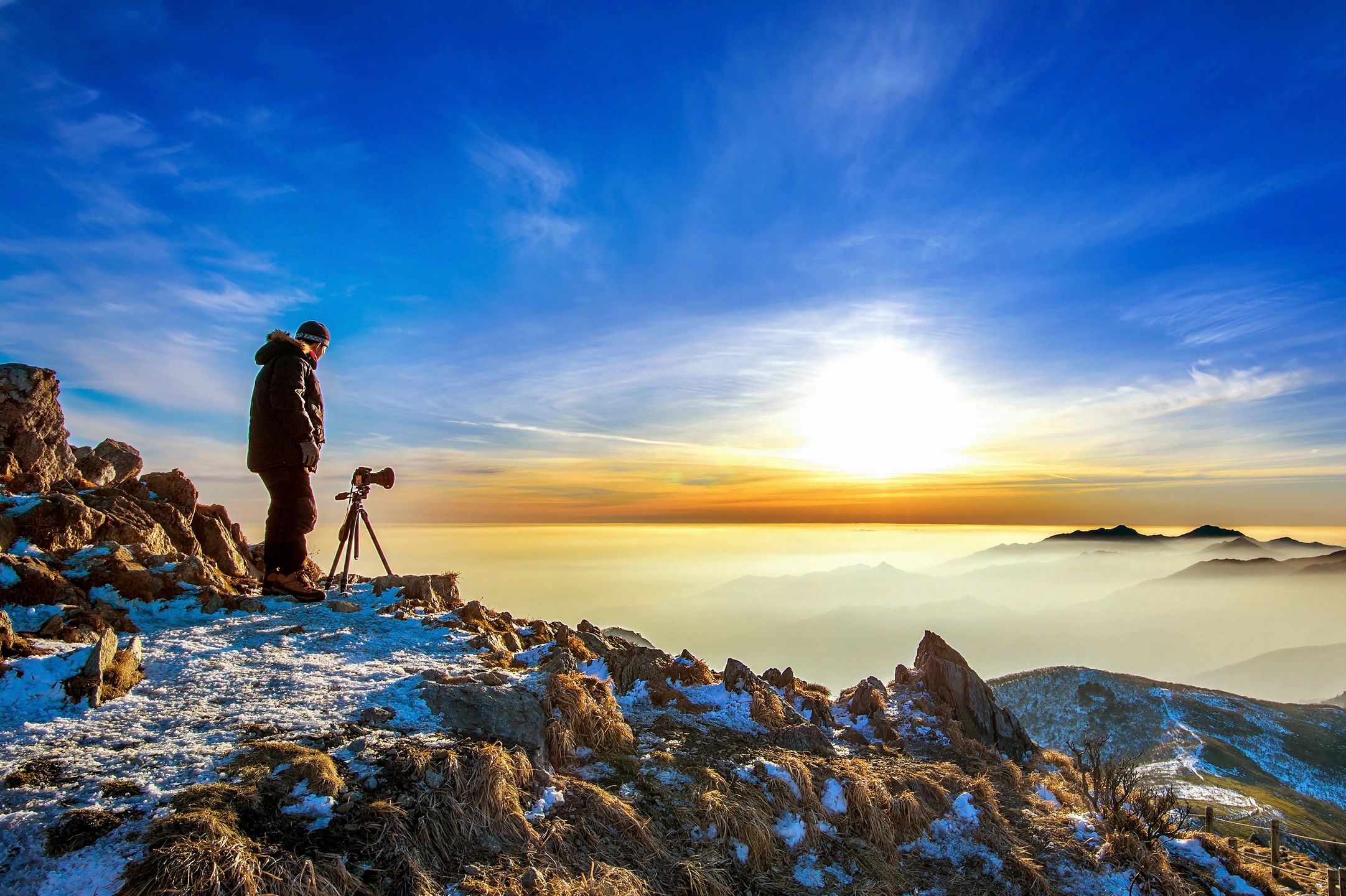7 Survival Myths That Could Get You Killed (And What to Do Instead)
In a crisis, misinformation can be more dangerous than the disaster itself. Myths passed down through movies, TV shows, and well-meaning amateurs often lead people straight into danger.
In this guide, we’re breaking down seven deadly survival myths — and what you should do instead to keep yourself and your family safe.
Myth #1: You Can Drink Water from Any Natural Source
The Myth: If it’s clear and flowing, it’s safe. The Truth: Even crystal-clear mountain streams can carry parasites like Giardia and Cryptosporidium.
A single drink could leave you violently ill — or dead from dehydration. What to Do Instead: Boil it. Solar-disinfect it. Filter it through cloth, sand, charcoal, and then boil again.
Never assume a water source is safe — treat everything like it’s contaminated unless you made it yourself.
Myth #2: Moss Only Grows on the North Side of Trees
The Myth: Lost?
Just look for moss to find your way. The Truth: Moss grows wherever it’s damp — not just north. Basing navigation on moss is a good way to get more lost.
What to Do Instead: Use the sun’s position, a compass, or landmarks. Better yet, never leave without a map and compass, and learn how to use them before you need to. Myth #3: You Can Rub Snow on Frostbite
The Myth: Cold damage? Rub it out with snow.
The Truth: This will shred skin and cause deeper tissue damage. Rubbing frostbitten areas can accelerate necrosis.
What to Do Instead: Warm the area gradually using body heat or lukewarm water. Avoid direct heat or rubbing. And if you’re alone?
Cup your hands around frostbitten fingers or tuck them into your armpits. Myth #4: You Can Eat Anything That Animals Eat
The Myth: If it’s safe for squirrels, it’s safe for you. The Truth: Many animals can digest things that are toxic to humans. Just ask anyone who’s mistaken wild berries for safe fruit and ended up in the ER — or worse.
What to Do Instead: Learn plant ID. Carry a field guide or survival app with offline capabilities.
Stick to plants you know, and test unknowns using the Universal Edibility Test (if you’re desperate — but only as a last resort). Scripture Spotlight (NKJV)
Proverbs 14: 12 — “There is a way that seems right to a man, But its end is the way of death. ” Survival isn’t about going with your gut — it’s about going with wisdom. Trust proven knowledge, not gut instinct or hearsay.
Fun Fact
Bear Grylls’ popular survival shows often stage or exaggerate tactics for entertainment — many of which are not recommended by real survival experts and have led to injuries when people tried them at home. Honorable Mention
Cody Lundin, barefoot survivalist and author of “98. 6 Degrees: The Art of Keeping Your Ass Alive”, teaches methods based on science, not showbiz. Worth following for real-world prep. Reader Reflection
Which of these myths have you believed in the past?
How much of your survival knowledge comes from TV versus real training?
Myth #5: You Should Ration Water in a Survival Situation
The Myth: Make water last by drinking as little as possible.
The Truth: Dehydration impairs judgment, weakens the body, and increases the likelihood of panic or collapse. In extreme cases, rationing can lead to death before rescue. What to Do Instead: Drink when you’re thirsty — and focus your energy on finding more water.
Conserve sweat, not water. Stay in shade, reduce activity, and create water stills or catchment systems to replenish your supply.
Myth #6: You Can Always Start a Fire with Two Sticks
The Myth: Rubbing sticks together is a reliable way to make fire. The Truth: While it’s possible, it’s incredibly difficult and takes practice, the right wood, dry conditions, and specific techniques.
For most people, this myth wastes energy you can’t afford to lose. What to Do Instead: Carry a fire kit in every bug-out bag: ferro rod, waterproof matches, and cotton balls soaked in petroleum jelly.
Redundancy is survival. Practice with your kit before an emergency. Myth #7: Help Will Always Come
The Myth: Someone will rescue you — eventually.
The Truth: Depending on the situation, rescue might take days, weeks, or never come at all. Believing help is guaranteed can lead to passive behavior, poor decisions, and u ecessary deaths. What to Do Instead: Always prepare to self-rescue. Leave notes or signals, build shelter, plan your movements, and never assume others are coming.
Hope is not a strategy — preparation is. Final Word
In survival, your brain is your most powerful tool — but only when it’s loaded with truth.
Myths are comforting because they feel easy. But trusting them can get you or your loved ones killed. Train now.
Verify everything. And trust skill, not stories.
